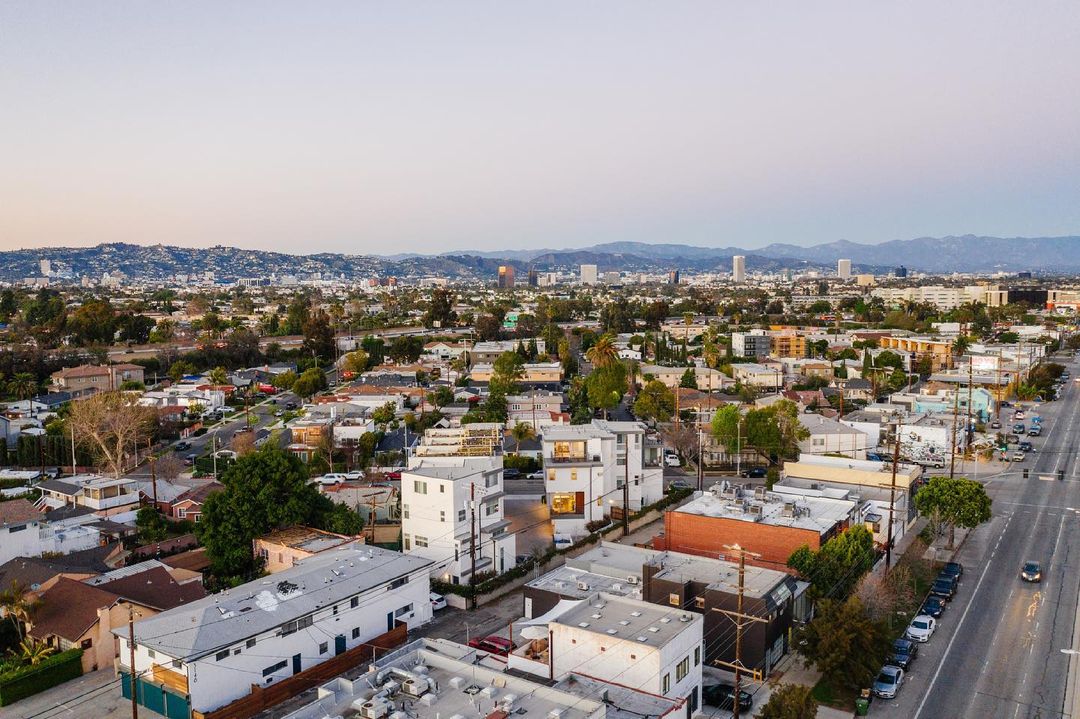Transit bus for Culver City
Posted on 08-06-2023 01:45 AM
Transit bus for Culver City

Culver CityBus
The article needs additional citations to be verified. Citations from reliable sources can help this article be improved. There is a possibility of challenging and removing unsourced material.
The Culver City Bus news newspapers books scholar JSTOR (October 2007) (Learn how and when to remove this template message)
The Culver CityBus operates in two communities in Culver City, California: Culver City and Marina del Rey. They are also serving the surrounding Los Angeles neighborhoods.
The number 1 bus runs along Washington Boulevard for Culver CityBus. It passes a mural painted by artist D*Face.[5]
There are two colors of Metro's regular fleet: bright green for the regular fleet and chrome gray for the rapid fleet, distinguishing it from the Big Blue Bus that services Santa Monica, the orange Metro Local buses, and the red Metro Rapid buses that cover parts of Los Angeles's Westside. By 2022, the system was serving 2424,800 riders, or about 10600 per weekday.
History
Since its establishment on 3 March 1928, Culver CityBus is the oldest municipal bus system in California[6] as well as the oldest public transit bus system in Los Angeles County[7]. In addition to Big Blue Bus, San Francisco Municipal Railway started streetcar service on 28 December 1912.
Service area
There are several communities within the Culver CityBus' service area of about 255 square miles[1]:
Routes
In Los Angeles County, Culver CityBus runs three daily routes, three weekday-only routes, and two Monday-Saturday routes. Culver CityBus operates a Rapid route (Rapid 6) on weekdays only.
UNDERSTANDING MOVE CULVER CITY
We hope you will find the MOVE Culver City website useful when it comes to involving Culver City residents and businesses in the quick-build version of redesigning Culver and Washington Boulevard downtown, Sepulveda Boulevard, and Jefferson Boulevard into mobility lanes.
In designing the street, the project prioritizes moving people over cars and reimagines our streets as public spaces. A more streamlined, reliable, and convenient travel experience will benefit everyone, including cyclists, buses, and emergency vehicles. It will be easier for Culver City to achieve its zero emissions target by 2028 thanks to the new street configurations.
BUS AND BIKE PLATFORMS
As well as allowing level boarding for buses, the new wooden platforms maintain the bike lane continuity. Platforms like these are designed to balance the needs of people with disabilities and general users while maintaining a continuous, protected bike lane.
DEDICATED BUS & BIKE LANES
Washington and Culver Boulevards have been painted red to indicate dedicated bus lanes. The red bus lanes are not for cars. Bikes and e-scooters are allowed on the green painted lanes. Traffic is diverted around the green painted lanes by curbstops and delineators.
In certain locations along the corridor, red shared bike-bus lanes can be seen. There are lanes where buses share the road with bikes at low speeds and moderate headways. Pedestrians pass buses only at stops, and buses are discouraged from passing. The creation of shared bus-bike lanes increases space on the streets, improves visibility and increases transit service reliability while providing extra space for active street users.
Several spots on the bus lane are marked with red stripes to indicate those in which drivers can make a left turn. When drivers merge into the bus lanes to make a right turn or enter a driveway, they undergo these treatments. At intersections and driveways that cross the bike lane, green strips are indicated. It is mandatory for drivers to yield to bike riders at these locations.
A dedicated bus lane increases ridership by making routes faster and more reliable. Improved service can also reduce carbon emissions and improve access for everyone who travels in Culver City.
People of all walks of life are likely to take advantage of the separated bike lanes. There is evidence that cities with separated bike lanes see a significant increase in people riding bikes for recreation and transportation.
It has been estimated that a 10-foot lane at peak conditions can move between 600 and 1600 people per hour driving in private vehicles. On the other hand, a dedicated transit lane can move 8000 to 4,000 passengers an hour.
A bus-only lane in Culver City Arlington, Massachusetts, for example, reduced commute times by 10 minutes. It's estimated that New York City's dedicated busway on 14th Street increased weekday ridership by 24 percent.
In downtown Los Angeles, a bus lane on Flower Street running two miles is capable of moving 70 buses an hour during peak hours.
New bus and bike lanes are part of the city's connection to the E-Line Station, creating greater accessibility for residents, employees, and visitors.
TRAFFIC SIGNALS
As a result of the new bus-only traffic signal, the other traffic signals at the intersection will display a red bar, indicating that only buses are permitted to cross the intersection. Bus priority signals end after three seconds and are indicated by flashing triangles. A horizontal bar indicates that buses no longer have priority and must obey normal traffic signals.
At standard signalized intersections, bicycle signals consist of three lenses with green, yellow, and red bicycle stencils.
The use of bicycle signals is typically used to address safety or operational issues with bicycle facilities or to give bicyclists guidance at intersections in which they may have different needs than other road users.
SixPax Gym
4301 Sepulveda Blvd, Culver City, CA 90230
(310) 591-0537
https://www.sixpaxgym.com/personal-training-gym
""